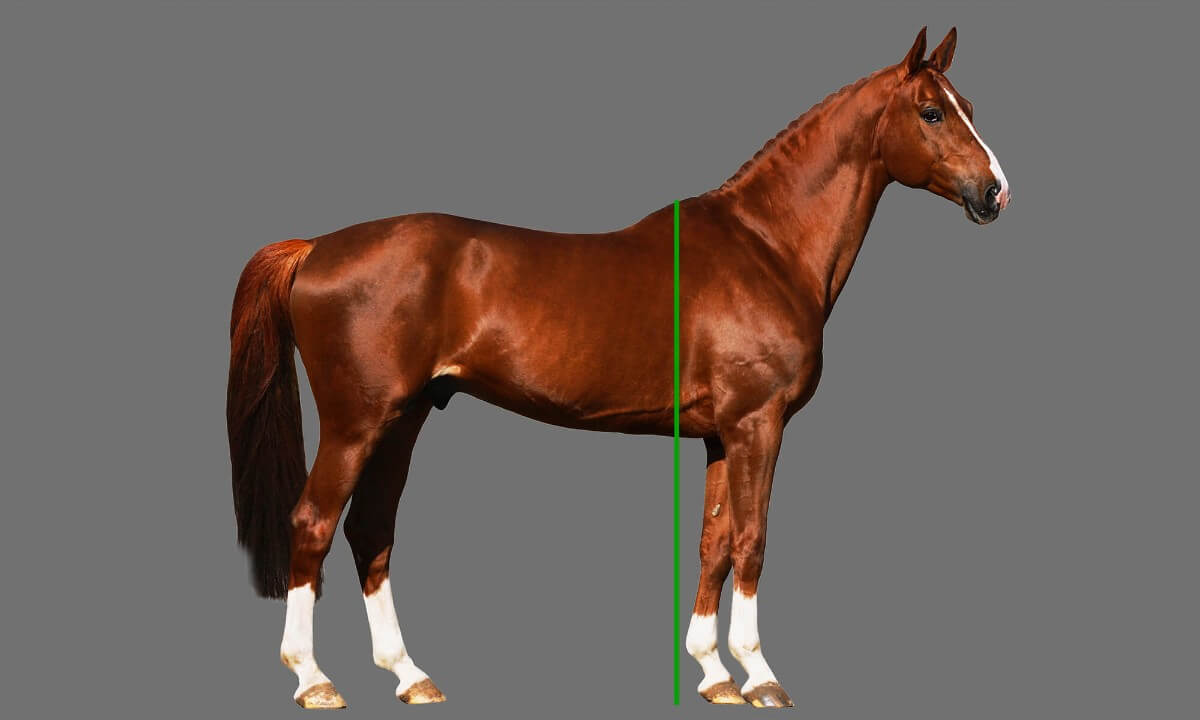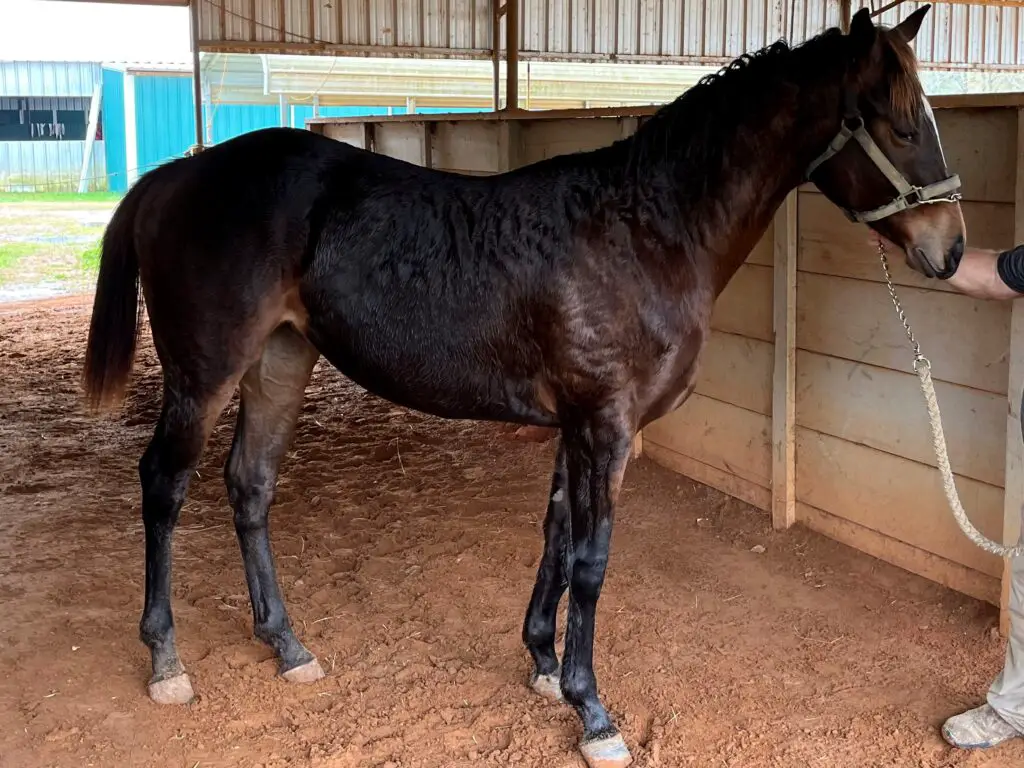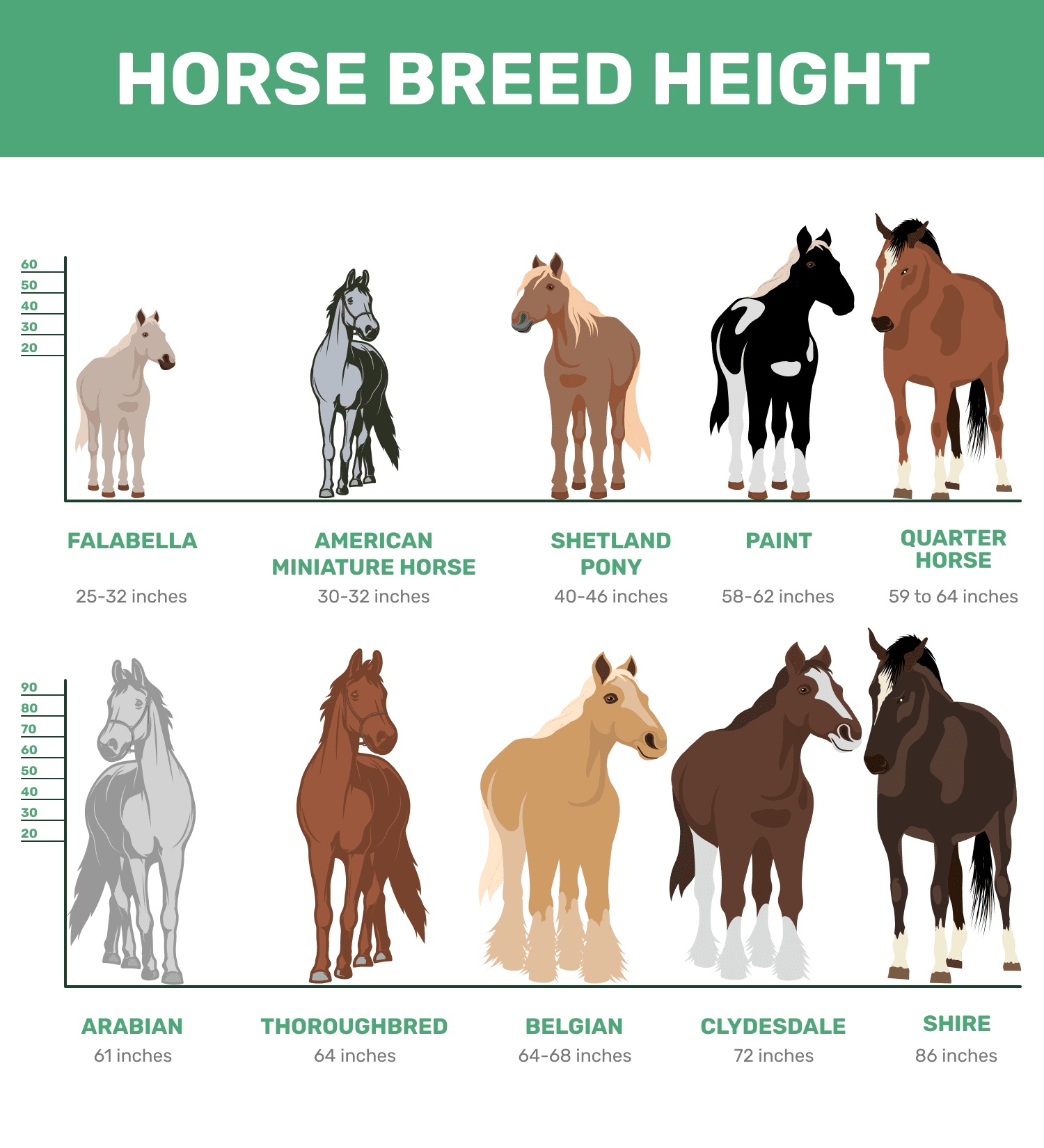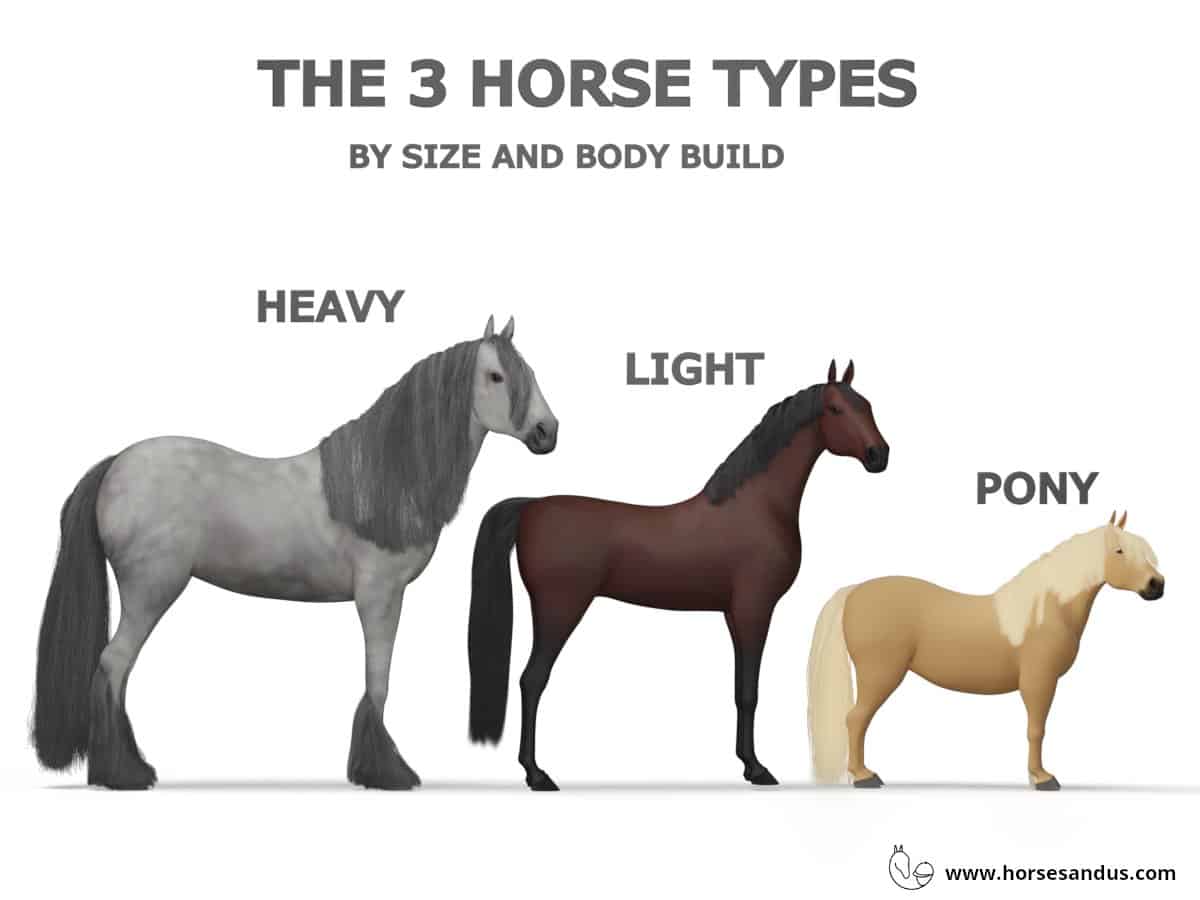When it comes to equines, their majestic stature is often one of the first things that catch our attention. Understanding horse hands is key to grasping just how impressive these creatures can be. This unit of measurement is not only traditional but also incredibly practical, offering a standardized way to discuss the size of these animals. In this blog post, we’ll explore the horse height in hands, focusing on what it means for a horse to stand 20 hands tall, and provide insights into equine height conversion and horse size comparison.
Exploring the Practicality of Horse Hands Measurement

The measurement of horse height in hands continues to be a relevant and practical aspect of equestrian life. It provides a universal benchmark that is both easy to understand and to use, preserving the equestrian heritage and enabling clear communication within the international horse community.
Hand Measurement as an Enduring Equestrian Tradition
The tradition of using the hand to measure horses is a testament to its practicality and the close relationship between humans and horses. This method of estimation has remained unchanged despite the availability of more modern tools, emphasizing the lasting connection between past and present equestrian practices.
Simplicity and Precision in Horse Measurement
While technological advancements offer more detailed ways to measure, the simplicity of the hand system is preferred for its directness and ease of use. This system not only simplifies communication but also plays a crucial role in horse care and the evaluation of horses for various disciplines.
The Unifying Language of Horse Measurement
Using hands to measure horses has the advantage of providing a quick and universal reference that is understood worldwide. This uniform approach is particularly useful in international equestrian circles, ensuring consistency across different measurement systems.
Tradition Meets Innovation in Equine Measurement
The equestrian community continues to honor its traditions by using the hand as a measurement, while also adapting it to modern needs by incorporating half and quarter increments. This balance of heritage and precision reflects the deep connection between rider and horse.
The Cultural Significance of Measuring Horses in Hands
Measuring a horse in hands goes beyond numerical height; it is a reflection of the horse’s potential and its place within the world of equestrianism. This measurement is ingrained in the culture of horse breeding and selection, highlighting the importance of understanding horse hands in appreciating these noble creatures.
Connecting Past and Present Through Equine Measurement
Understanding the horse height in hands links enthusiasts to the rich tapestry of equestrian history and the precision required in modern horse management. It’s a practice that encapsulates the evolution of horse measuring techniques and the ongoing respect for equestrian traditions.
Enhancing Equine Care: The Art of Measuring

Ensuring the well-being and suitability of a horse for specific tasks requires a solid grasp of accurate measurement techniques. This guide aims to provide horse owners and handlers with a comprehensive understanding of the meticulous process involved in gauging the size of a horse. It delves into the importance of precision in this task, emphasizing its role in the correct selection of gear, health monitoring, and compliance with industry standards.
Tools and Conditions for Effective Measurement
- A measuring tool marked with hands and inches for accuracy
- A level surface to prevent skewed readings
- An assistant to help maintain the horse’s position
Setting the Stage for Accurate Measurement
Prior to measuring, it is essential to ensure that the horse is in a relaxed state, ready to maintain a stable stance. This may involve a period of exercise or getting the horse accustomed to the measuring equipment. Utilizing treats can be an effective strategy in keeping the horse cooperative throughout the measurement process.
Steps for Precise Horse Measurement
- Place the horse on even ground to eliminate errors in measurement.
- Prompt the horse to adopt a square stance for consistency.
- Position the bottom of the measuring device at the front hoof.
- Maintain the verticality of the tool, ensuring it’s not angled, as it reaches the horse’s withers.
- Document the height, approximating to the nearest hand when necessary.
Consistency and Verification for Measurement Precision
To achieve the most accurate measurements, it’s advisable to measure the horse consistently at the same time of day if multiple readings are required. This practice compensates for the horse’s natural variations in stance. Verifying the measurement several times can also help confirm the precision of the results.
Addressing Common Measurement Queries
Clearing up frequent uncertainties can facilitate a more efficient and error-free measurement process.
- Q: How can I measure a restless horse?
- A: Employ patience, allow the horse to calm down, and retry once the horse is relaxed.
- Q: Does the surface level influence the measurement?
- A: A level surface is imperative as uneven ground can alter the measurements.
- Q: Is it better to measure a horse with or without shoes?
- A: Measure the horse in its usual state, considering that shoes may influence height.
Ensuring Measurement Fidelity
To maintain the integrity of your horse’s measurement, it is important to avoid common errors. Measuring on an uneven surface or when the horse is in an unnatural stance can lead to inaccurate results. Verifying that the measuring stick is perpendicular to the ground and double-checking figures can help maintain the accuracy needed for effective horse care and participation in events.
Documenting Equine Growth and Health
Keeping a log of your horse’s measurements is crucial for monitoring its growth, health, and development over time. This data is of great importance to breeders, veterinarians, and trainers who need to observe the horse’s physical changes.
By following these guidelines, handlers can measure their horses with assuredness and exactness. Not only does this process fortify the connection between horse and handler, but it also promotes the horse’s overall health and capacities across various disciplines.
Understanding Equine Stature: Beyond the Hand Measurement

Delving deeper into the world of equines, we recognize the significance of the horse height in hands, a crucial aspect for those engaged with these noble animals. This measurement is not just an indicator of the animal’s size but also provides insights into its breed characteristics and suitability for various equestrian disciplines. Recognizing and accurately assessing a horse’s size is essential for breeding, training, and managing their care effectively.
Breed-Specific Height Considerations
Equine breeds exhibit a fascinating variety of sizes, reflecting their unique breed traits. While the average horse height can differ notably, it’s the individual breed standards that often dictate the expected stature for specific functions. For example, Arabians typically stand between 14.1 and 15.1 hands, Thoroughbreds range from 15.2 to 17 hands, and Clydesdales, known for their draft capabilities, often measure between 16 and 18 hands. These variations are a testament to the specialized breeding that caters to different roles in the equine world.
In-Depth Look at Equine Size Diversity
Equine size diversity is a clear indicator of how different breeds have evolved and been developed to meet various needs. From miniature horses under 9.5 hands to ponies and light riding horses reaching up to 16 hands, to the more robust draft horses exceeding 16 hands, each category showcases the adaptability and specialized evolution of these creatures.
Equine Performance and Height Correlation
The stature of a horse can often hint at its abilities and fitness for certain equestrian sports. Racetrack enthusiasts note that Thoroughbreds with longer legs tend to have a stride advantage. Larger horses are frequently preferred in show jumping for their ability to clear high jumps, while both large and medium-sized breeds can showcase their agility in dressage. Conversely, smaller horses are often ideal for trail riding, offering a more comfortable experience for recreational riders.
Individual Height Variation Among Horses
Breed standards provide a general framework for height, but individual horses may exhibit variations due to factors like genetics, diet, and living conditions. For example, Quarter Horses often range from 14.3 to 16 hands, yet it is not uncommon to encounter horses outside this average.
Rider Considerations in Horse Selection
When riders select a horse, the height in hands becomes a crucial factor to ensure a good match. A horse that complements the rider’s size and style is fundamental for a comfortable and effective riding experience. Inappropriate size pairings may impact the rider’s control and balance, emphasizing the need for careful horse size comparison when matching horses with their riders.
Through a profound understanding of horse height in hands, we gain an enhanced perspective on the diversity and splendor of these animals. Size not only reveals physical dimensions but also highlights the functional capacities that horses have developed over centuries of selective breeding.
The Exclusivity of a Horse Measuring 20 Hands

Observing a horse that measures 20 hands tall is a rare and fascinating experience emblematic of equine grandiosity. This significant measurement sets the horse apart, making it a subject of wonder and study due to its unusual genetics and extraordinary breeding strategies. The infrequency of such a towering horse emphasizes the curiosity around the factors that contribute to its impressive size.
Examining the Extraordinary Height of 20 Hands
A horse that stands 20 hands likely represents the culmination of selective breeding aimed at enhancing certain traits or abilities. This exceptional size implicates various considerations in the horse’s lifestyle, such as nutritional requirements, suitability for certain tasks, and special housing accommodations to ensure comfort and safety.
Historic Notables and Contemporary Giants
Legendary horses that have historically reached the 20 hands threshold are celebrated in equestrian lore. While rare, these towering figures have set precedents in size and have on occasion served as powerful draft horses, showcasing their considerable strength and endurance.
A Comparative Look at Equine Heights
- Arabians generally stand between 14.1 and 15.1 hands
- Thoroughbreds average from 15.2 to 17 hands
- Clydesdales typically measure from 16 to 18 hands
- A horse of 20 hands tall measures an impressive 80 inches
On a horse height chart, the 20 hands tall horse stands out dramatically, illustrating its unique stature compared to common breeds.
Visualizing the Stature of a 20 Hands Equine
Charts comparing horse sizes offer a clear perspective on the magnitude of a horse standing 20 hands tall. By juxtaposing this height with a human or everyday objects, the exceptional dimension of such a horse is brought into stark relief, showcasing its remarkable presence.
Housing Considerations for Extraordinary Equine Sizes
Providing suitable stabling for a horse of this magnitude necessitates thoughtful design and modifications to standard infrastructure, ensuring that the animal’s larger frame and weight are accommodated comfortably and safely.
Nutritional Strategies and Health Maintenance
The dietary needs of a horse of such stature go beyond increased food intake; it requires a carefully calibrated diet to sustain its health. Regular health assessments by veterinary professionals are crucial to prevent and address any conditions that may arise from its significant size.
Height’s Influence on Equine Temperament and Training
The behavior of horses can often correlate with their size, with some larger breeds displaying calmer dispositions. It is essential for those involved in the care of a horse measuring 20 hands to understand its personality and requirements fully, as this knowledge informs the approach to its management and training.
Addressing Health Challenges in Larger Horses
Given their considerable stature, the tallest horses are closely monitored by veterinarians for any health complications. The focus is on proactive care and immediate attention to any medical concerns, ensuring the horse’s welfare and longevity.
In the realm of equine care, the fascination and respect for a horse that stands 20 hands are a reflection of the dedication to these impressive animals. The impact of witnessing such a horse is profound and serves as an inspiration within the equestrian community.
Clarifying Equine Measurements: From Hands to Standard Units

Understanding the full magnitude of a horse’s height often entails translating the conventional hand measurements into more globally recognized units such as feet and inches. This process is not merely about conceptualization; it’s also critical for practical reasons including designing stables and choosing the correct equipment size. In the following sections, we’ll outline the conversion techniques and introduce tools to streamline this process for horse enthusiasts.
Converting Equine Measurements to Standard Units
To convert a horse’s height from hands to standard units, one must first determine the height in inches by multiplying the number of hands by four. The resulting number is then divided by twelve to establish the height in feet. For example, a horse that is 20 hands high would stand at about 6 feet 8 inches, emphasizing the impressive stature of such an equine.
Quick Reference with Conversion Tools
A quick reference tool, such as a conversion chart, is invaluable for those who need immediate conversions from hands to feet and inches. Such charts provide a side-by-side comparison of measurements in hands with their equivalents in inches and feet, allowing for quick and accurate assessments of horse sizes for various applications.
Practical Applications of Converted Measurements
Once measurements are converted, they become particularly useful in a variety of practical scenarios. Horse owners and handlers can make better-informed decisions about the right equipment and stable requirements for their equines. Furthermore, these conversions are essential for accurate comparisons of different horse breeds, offering a clearer understanding of the diversity among equines.
Benefits of Converting Horse Measurements
- Facilitates a more accurate visualization of a horse’s size.
- Improves the selection and fitting of horse-related gear and stable structures.
- Assists in maintaining consistency within the global equestrian community.
- Provides precision in record-keeping for breed standards and competitive events.
Having a firm grasp on these conversion techniques enhances one’s knowledge of horse measurements, allowing for a deeper appreciation of the towering presence of equines, such as a 20 hands tall horse.
When it comes to understanding horse measurements, the term “hands” might seem a bit confusing at first. However, it’s a traditional way of measuring the height of horses. If you’re curious about how tall a horse is when it measures 20 hands, be sure to read our comprehensive guide on how tall is a horse. For those specifically interested in quarter horses, our article on how tall is a quarter horse will provide you with breed-specific information. And if you’re wondering about the overall size of a horse, including length measurements, don’t miss our detailed exploration of how big a horse is in inches. These resources will give you a clearer picture of equine dimensions and help you visualize what 20 hands on a horse really means.
Conclusion: The Significance of Horse Height Measurement

Height is a defining characteristic of horses, affecting their health, function, and even their personality. Understanding horse hands and being able to perform accurate horse measurement are skills that enhance our connection with these noble animals. Whether you’re marveling at a 20 hands tall horse or comparing the average horse height across breeds, appreciating the full scope of their sizes only deepens our admiration for these majestic creatures.



